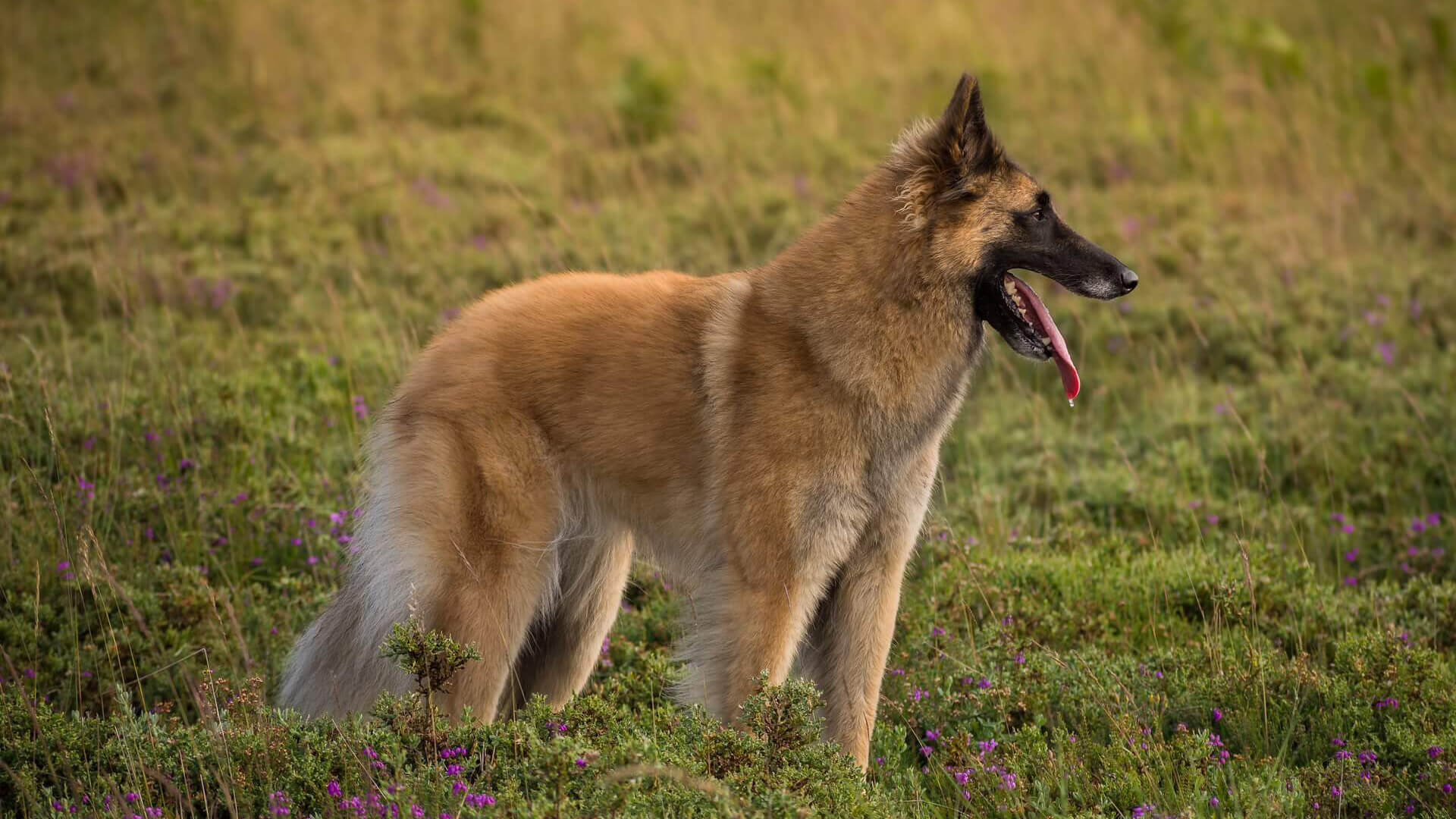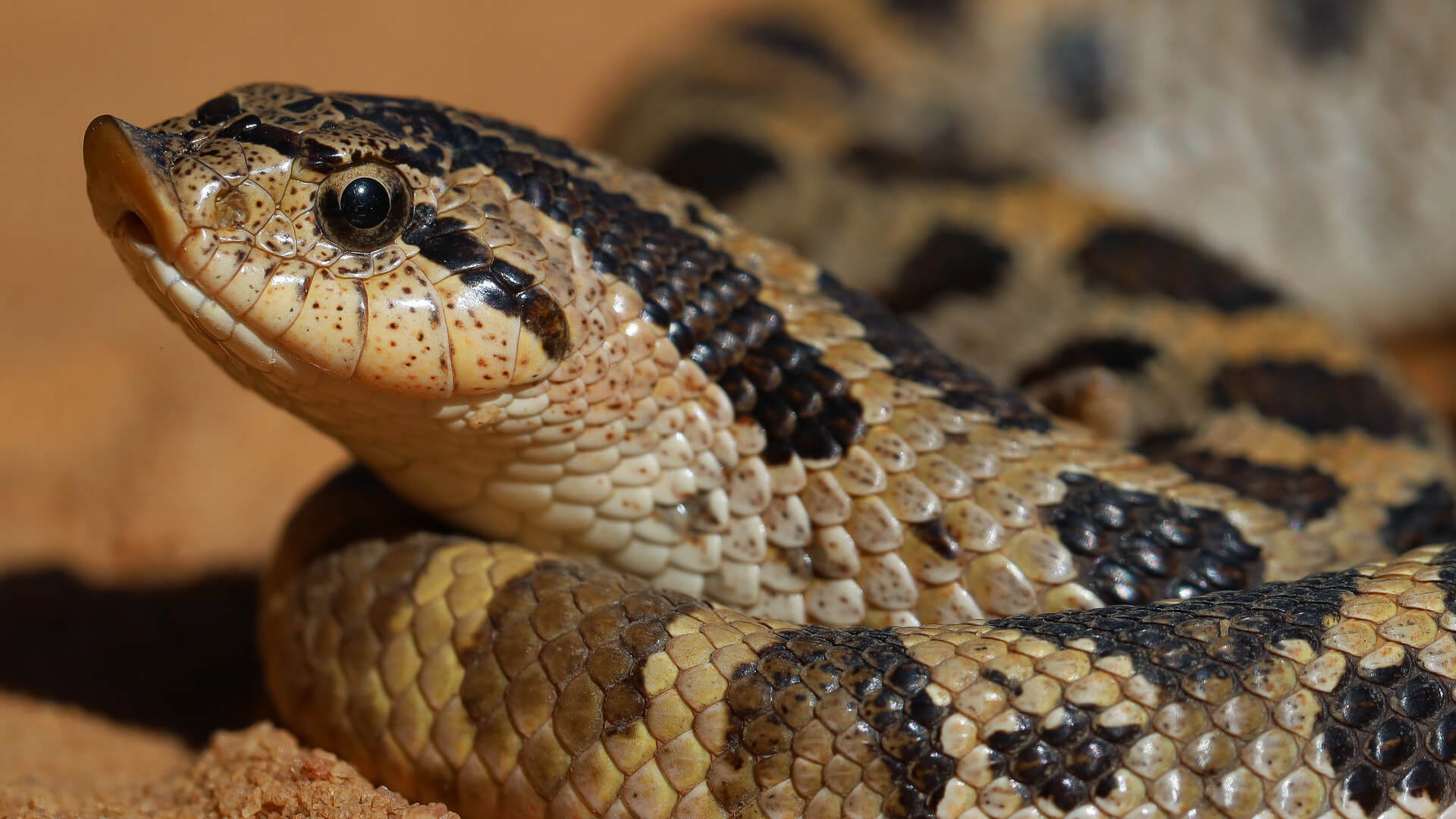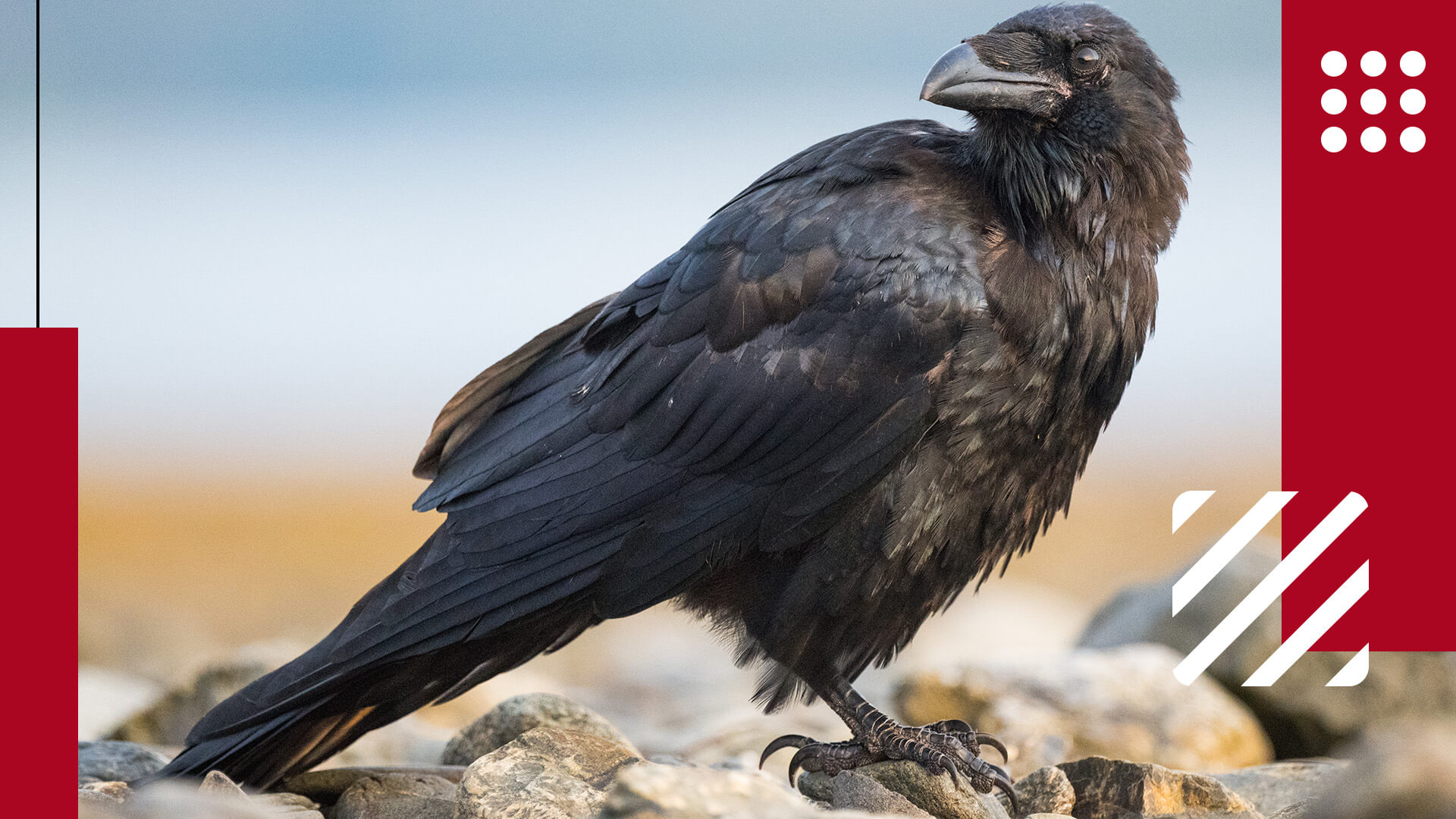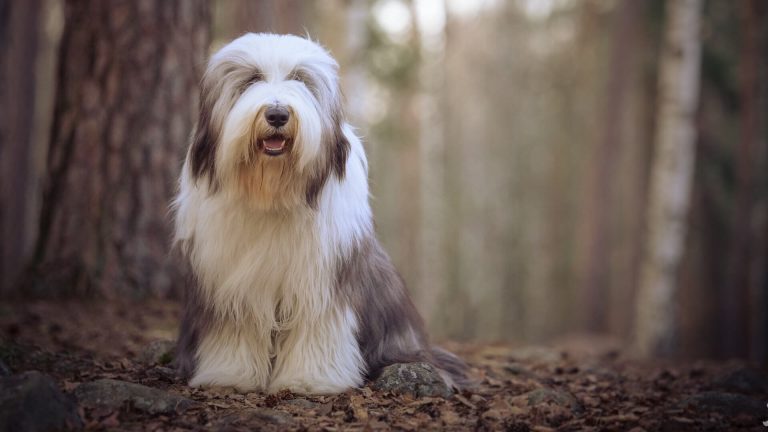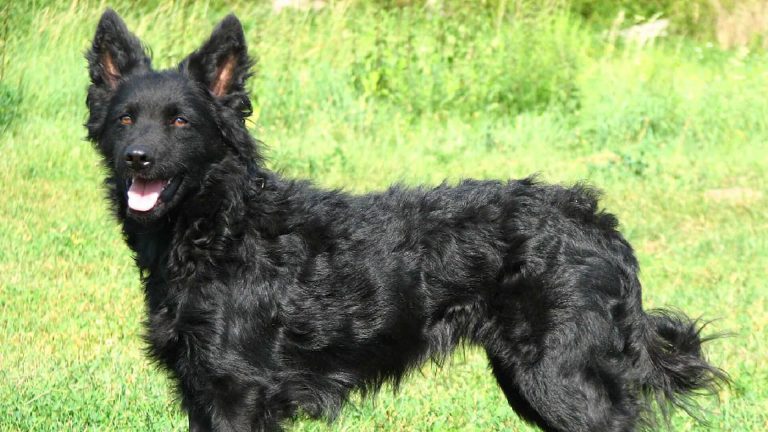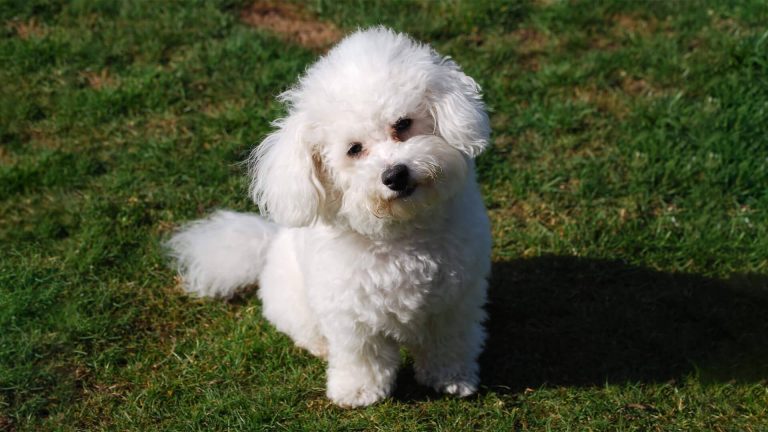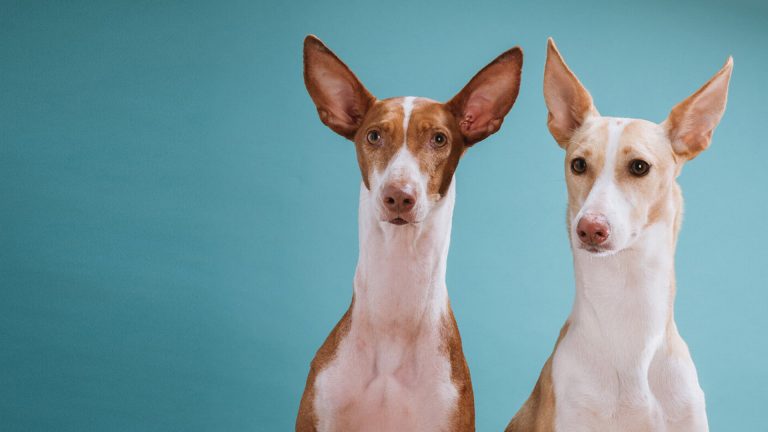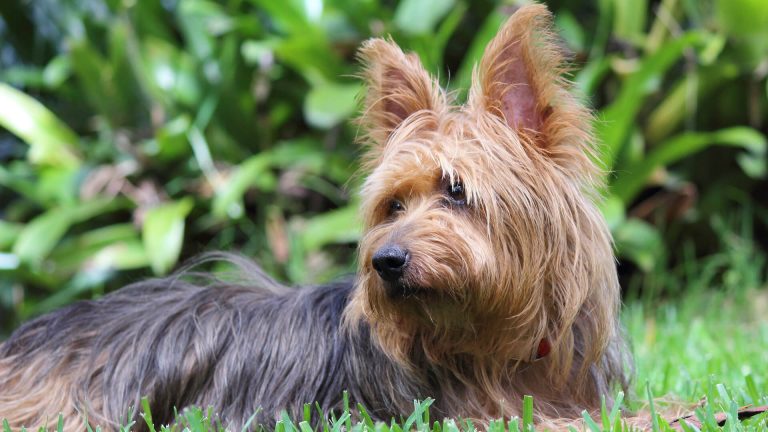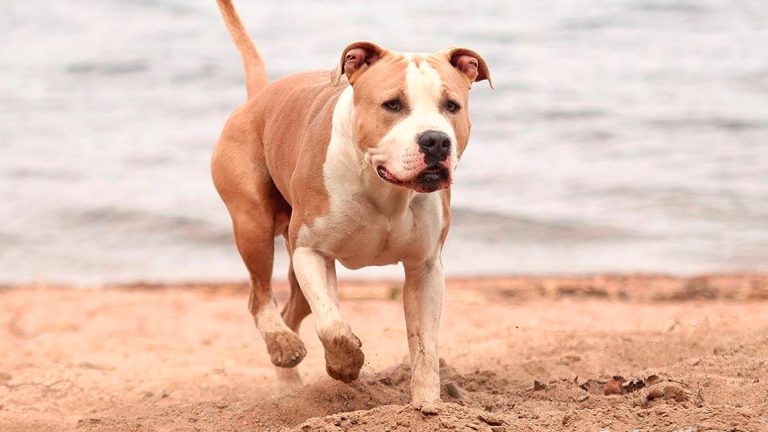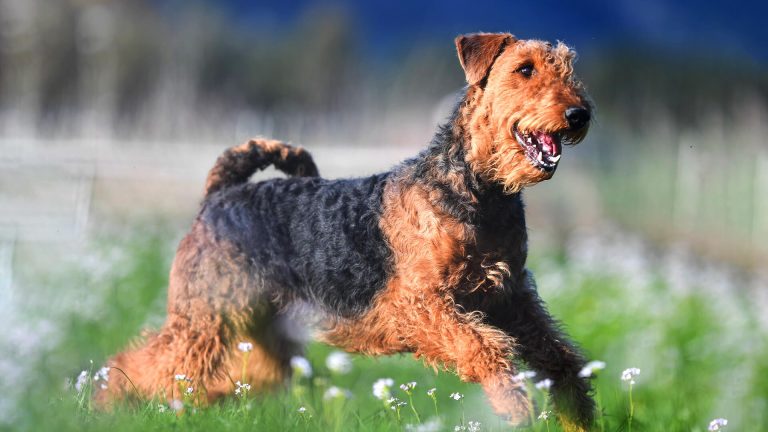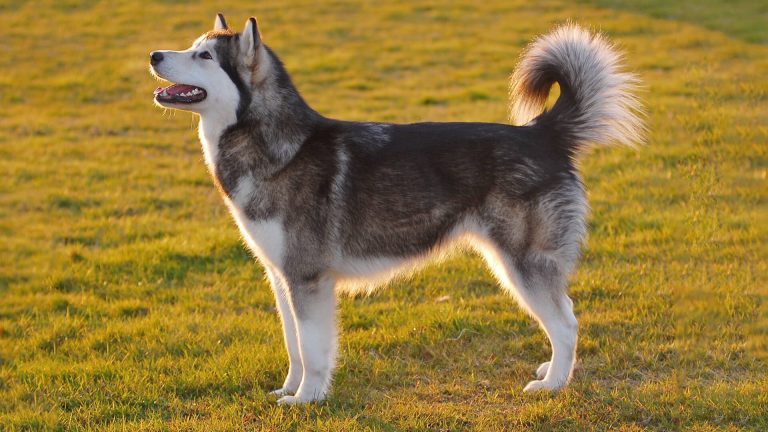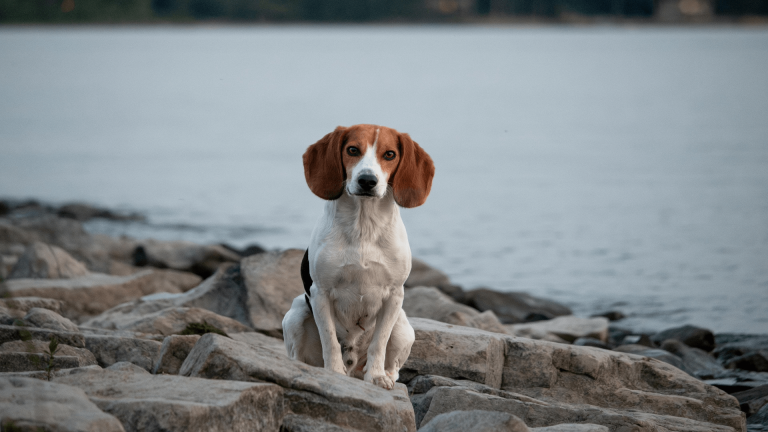The spirited, alert, intelligent fox-like hunting breed Finnish Spitz is the national dog of Finland. In the local language, it is called Suomenpystykorva which means Finnish pricked ear dog. Another name given to it is a barking dog because it barks a lot. In Finland, owners use it for catching a large game bird capercaillie as well as black grouse. These dogs possess a unique bird-dogging style. In England, it is called Finsk Spitz from the time it landed in the country in 1920. It was in 1891 that this breed was officially labeled as Finnish Spitz and nicknamed Finkie. In America, this breed is generally kept for companionship since 1960 when they arrived in the country.
The belief is that Spitz-type dogs came from central Russia through tribes of Finno-Ugrian people migrating into Finland a couple of thousand years back. They depended on them for food through hunting. The dog is suited for a cooler climate.
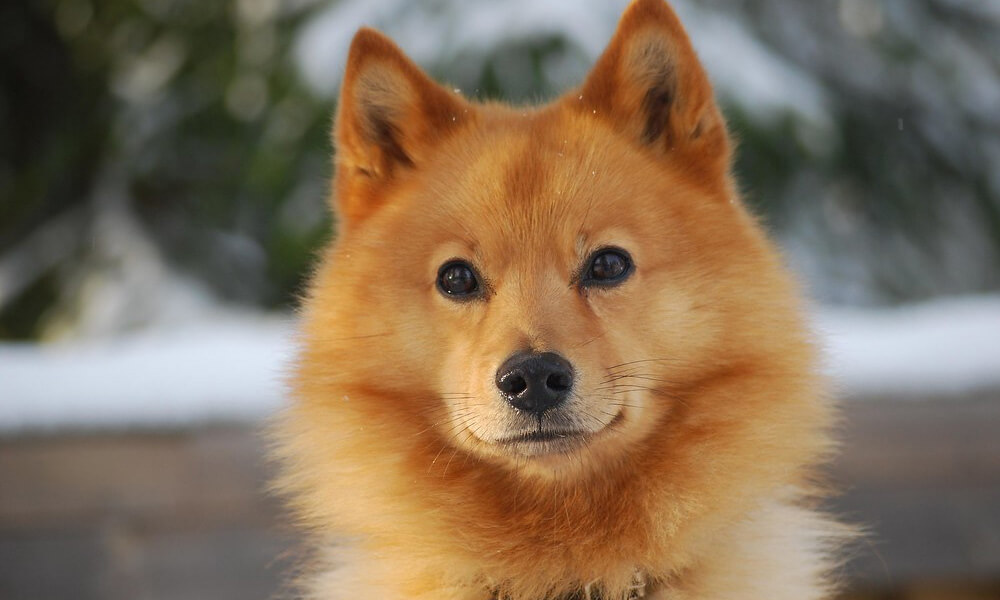
Distinctive Features of Finnish Spitz
The proportionate symmetrical medium-sized Spitz is greater than 20 inches at the shoulder. The males weigh 27-35 pounds while females are 15-18 inches tall weighing 22-30 pounds. Males are unmistakably masculine, and females are feminine. Males mostly has more coat compared to females more so on the shoulder.
It has a fox-like face the head is wedge-shaped and with prick ears. The tail is erect and curls over the back. It is and plumed. The fur is double-coat soft short about 1-2 inches and dense. The outer coat has long and harsh hairs. It is golden-red or pale honey. As the undercoat is paler compared to the topcoat the dog seems to glow when standing in the sun.
The gait is daring and brisk. Neck and legs have stiffer short thick fur. The tail and back of the rear legs possess the longest and most dense hair. The neck is shorter than some of the other Spitz breeds. Males have abundant coats around the shoulder. Some dogs may show white markings on the tips of the toes and black hair lip onwards.
The puppies resemble a red fox cub. At birth, they are dark grey, grey, black, brown, or fawn. Puppies possess a lot of black hairs which get reduced as they develop.
The coats of the dog are not oily and odorless. Finnish Spitz sheds undercoat excessively in spring and fall. This is called shedding. The weekly brushing should be increased. Bath is given to the breed when required. Some shampoos remove loose hair very well. The trimming is needed on underpads and feet. Dental care thrice a week and nail care twice a month is necessary. The grooming right from the beginning should be a positive experience. Praise and treats make it a happy time.
How to Take Care of Pet Finnish Spitz?
Finnish Spitz relishes food specifically treats. Being manipulative by nature they may twist out treats many times and thus become overweight in the long run. So, it is best to offer a low-fat treat like a carrot. Limit the treats within 10% of daily calories. The metabolism of the dog is active. Owners should not overfeed it. Give an age-appropriate diet. Measure the food for feeding. Serve high-quality dog food rich in protein, fruits, and vegetables. A dog should be fed twice a day. Do not leave the feed all the time in the bowl.
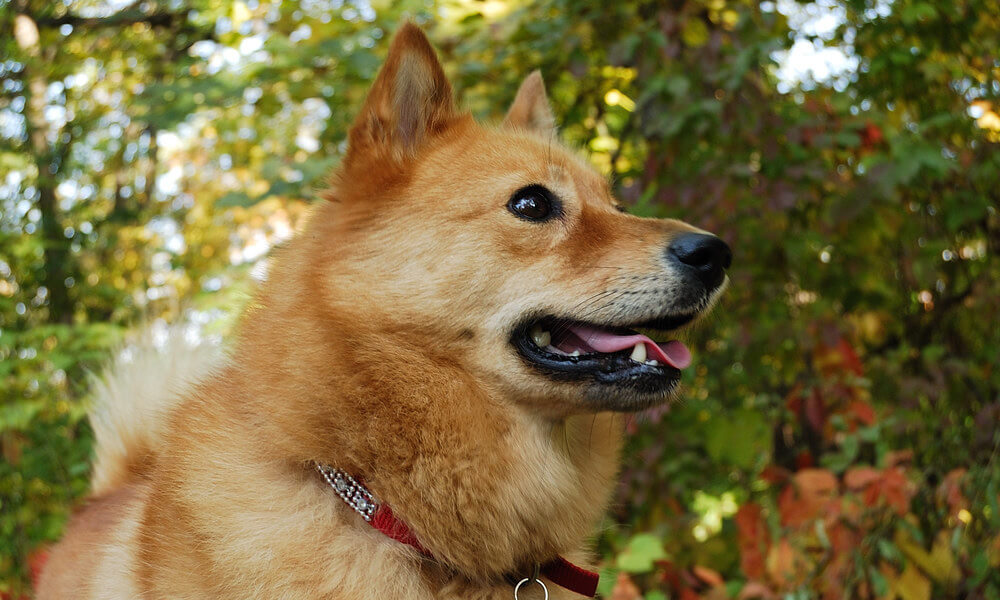
It is best to keep the dog in a large home. The yard should be fenced so there is the freedom to run about without chasing and barking at a passer-by.
What are the Health Concerns of Pet Finnish Spitz?
Finnish Spitzs are mostly healthy dogs. Some of the health concerns are:
- Hip dysplasia
- Elbow dysplasia
- Epilepsy
- Patellar luxation
- Major concerns: none
- Minor concerns: CHD, diabetes
- Occasionally seen patellar luxation, epilepsy
- Suggested tests: hip
Are Finnish Spitz Good Family Dogs?
Finkies can be described as friendly, sensitive, good-natured, and cheerful. They are alert dogs and good as a watchdog. If the physical and psychological needs of the dog are met, they respond by being affectionate, playful, and a good companion. Even as an adult they are playful as a puppy.
Spitz wishes to be a member of the family. These sensitive dogs do not appreciate a home full of tensions. In a loving atmosphere where they participate with the family, they acknowledge by being loyal active, and fun-filled.
Generally, these dogs react bravely with other dogs but are at times jealous and belligerent with them. Rodents and birds are attacked by them. If raised with other animals the Spitz gets along.
Spitz is full of energy and needs exercise on daily basis. It is, for this reason, these are not endorsed for apartment dwellers and for families who do not have time to give them enough exercise. These dogs are protective of family members. A little careful towards strangers but is not shy or aggressive. It's a people-oriented dog and enjoys companionship specifically with its favorite person. Spitz detests beings left alone and a home full of tension or loud voices.
These dogs love children as well. The adults of the family should educate children regarding handling and how to approach the dog. The child should not bite or pull the ear or tail of the dog. Enlighten children not to disturb the dog when it is sleeping or eating. Children should not dodge the food of the dog this may anger them. Males have more domineering traits than females.
The master must socialize the dog early in life. This way the dog will get exposure to people, sounds, sights, and other experiences of life. Spitz is by nature barking dogs. This is not always acceptable behavior at home. Consistent training from an early age will teach the dog when to bark and when to stop. In any case, be prepared for vocalization. Spitz rarely bites and if this is done it is because of pain, excitement, or provoked.
Are Pet Finnish Spitz Easy to Train?
These loving dogs need firm regular training to become perfect companions. It is a task because the dog has independent strong-will and training is a challenge. It is advisable to train them with a soft voice and touch. Repetitive training makes the dog bored because it has high intelligence. A short training session suits them well.
Spitz has a good aptitude for sports and will soon learn the command of obedience, quickness, and rally. Motivate the dog to learn through treats favorite toys which is reward-based training. They love to be praised through words and actions. Training sessions are good for bonding.
What People Are Reading:
Frequently Asked Questions About Finnish Spitz
Some of the most commonly asked questions about pet finnish spitz are answered below:
How Long Does the Finnish Spitz Live?
The life expectancy of the dog is 13-15 years.
Do Spitz Dogs Bark a Lot?
Spitz adores to bark and does that often. They are capable of barking 160 times in one minute. The immediate neighbors and those sharing a common wall or living in an apartment find it a nuisance. You will need to train the dog to obey stop barking. Their unique style of pursuing prey has earned him the title of barking bird dog.
The habit of the dog is like bark pointers as they indicate through the bark the location of the game till the owner reaches him. If left alone in the yard the Spitz will get engrossed barking. In Finland, the owners hold contests to crown King Barker. They delight in the vocalization of the breed. In short, barking is an important part of the dog's personality. The bark is short and sharp.
How do I Groom My Finnish Spitz?
Brush his double coat weekly to keep it clean and remove dead hair.

